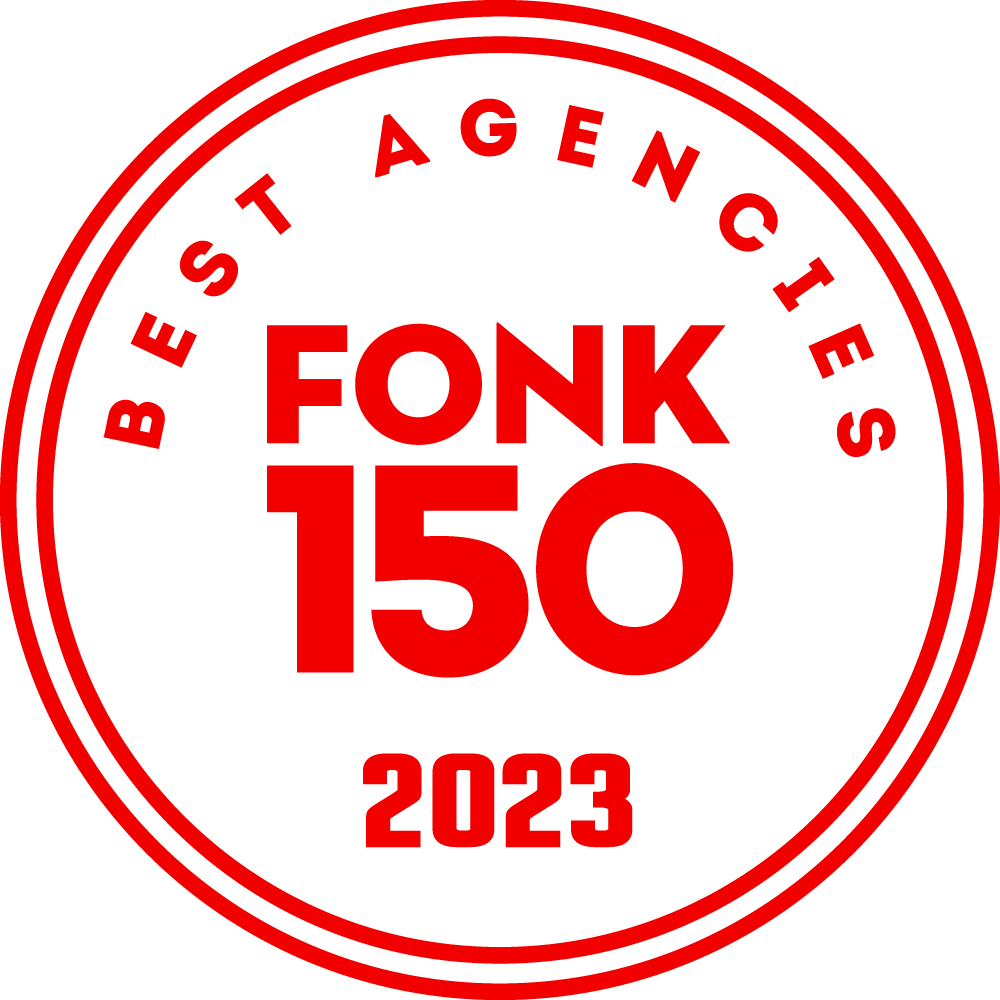This is how to make software accessible to everyone
If you want to develop software for a wide audience, it is important to ensure that it is also usable by the visually impaired, hearing-impaired or disabled. This can be done by following the WCAG guidelines during development. By applying this, we can ensure that people with disabilities or impairments can use software as easily as anyone else.


Enter the conversation with Christian!
What is WCAG?
WCAG stands for Web Content Accessibility Guidelines. These are guidelines from the W3C that describe how to make web content accessible to the widest possible audience. These guidelines are a set of rules that developers can use to make software more accessible. The WCAG approaches accessibility based on four principles. In addition, three levels of accessibility can be distinguished.
The four principles of accessibility
The WCAG guidelines are based on four principles:
- Observable: Information and components of the user interface should be presentable to users in a manner perceptible to them.
- Operable: User interface components and navigation must be operable.
- Understandable: Information and operation of user interface components should be understandable.
- Robust: The content must be robust enough to be interpreted by a wide variety of software.
These principles place particular emphasis on making websites and/or software accessible through keyboard means, pre-reading or braille capabilities and default browser settings for readability.
Three levels of accessibility
Full accessibility is obviously the aim, but can be hugely labour-intensive and costly. Therefore, it is recommended only for specialised websites. To give a direction as to what level of accessibility is needed, the WCAG has indicated three levels of accessibility.
- A-level: All software should be designed to be accessible from the start. This is the least burdensome form of accessibility and has the least impact on design. Here, the software takes into account most of the support tools for limited users, but still has barriers. The WCAG has established 25 criteria for this.
- AA-level: The software must not only be accessible, but also designed so that people with a wide range of disabilities can use it. This requires some adjustments in, for example, contrast and design. This level is mandatory for government agencies. Above the A-level requirements, the WCAG has specified 13 additional criteria for this.
- AAA-level: Software should not only be accessible and usable, but also designed to be usable by people with all types of disabilities. This is especially important for specialised websites and platforms. Such as a website or app of an organisation targeting disabled people.
What level of accessibility should be maintained depends entirely on the target audience and user context. To ensure that the software continues to guarantee optimal accessibility, we apply SevenLab defaults to the AA level.

